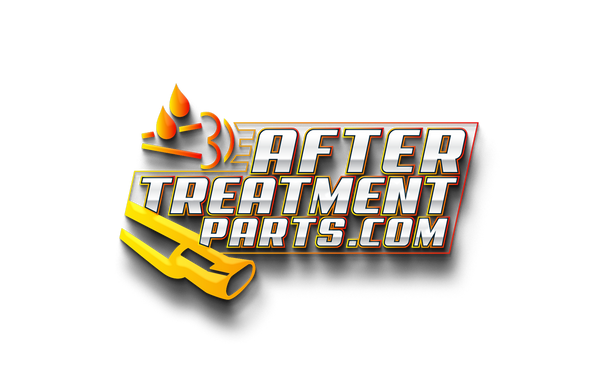Accidentally putting diesel into your Diesel Exhaust Fluid (DEF) tank can lead to severe consequences for your vehicle's aftertreatment system. Here’s a step-by-step guide on how to handle and remediate this situation, and what to expect if diesel is injected into the Selective Catalytic Reduction (SCR) system.
1. Immediate Action: Stop the Engine
- Do Not Start the Engine: If you realize your mistake before starting the engine, do not start the vehicle. Starting the engine can circulate the diesel through the DEF system, causing more extensive damage.
- Turn Off the Engine: If the engine is running, turn it off immediately to prevent further contamination.
2. Assess the Extent of Contamination
- Determine the Amount of Diesel: Try to estimate how much diesel has been added to the DEF tank. This will help in deciding the next steps for cleaning.
- Check for Contaminants: Examine the DEF tank to see if there are any visible signs of diesel contamination.
3. If the Engine Has Been Run
- Understand the Risks: If diesel has been injected into the SCR system, it can cause severe damage. Diesel fuel in the SCR system can lead to clogged filters, damaged catalysts, and possible system failure.
- Monitor for Symptoms: Be aware of symptoms such as loss of power, increased emissions, or warning lights on the dashboard indicating aftertreatment system issues.
4. Drain the DEF Tank
- Completely Empty the Tank: Drain the entire DEF tank. This might require professional help to ensure all contaminated fluid is removed.
- Dispose of Contaminated Fluid Safely: Dispose of the contaminated DEF and diesel mixture according to local environmental regulations.
5. Clean the DEF System
- Flush the System: Use a specialized DEF system cleaner to flush the entire system. This includes the tank, lines, and injectors.
- Inspect Components: Check all components of the DEF system for damage or diesel residue. Replace any filters that might have been contaminated.
6. Replace Damaged Components
- DEF Injector: The DEF injector might need to be replaced if diesel has contaminated it.
- Sensors and Lines: Inspect and possibly replace sensors and lines that have come into contact with diesel.
- SCR Catalysts: If diesel has been injected into the SCR, the catalysts may need to be cleaned or replaced. This is a critical step to ensure the system can properly reduce emissions.
7. Refill with Fresh DEF
- Quality DEF: Refill the system with high-quality DEF to ensure proper functioning.
- Check Levels: Make sure the DEF tank is filled to the correct level and that there are no leaks.
8. System Reset and Testing
- Reset the System: Some vehicles may require a system reset to clear any error codes triggered by the contamination.
- Test the Vehicle: After cleaning and refilling, start the engine and test the vehicle. Monitor for any error messages or performance issues related to the DEF system.
9. Prevent Future Contamination
- Label Tanks Clearly: Clearly label your DEF and diesel tanks to avoid future mix-ups.
- Training and Awareness: Ensure all drivers and maintenance personnel are aware of the importance of not mixing diesel and DEF.
Conclusion
Accidentally putting diesel into your DEF tank is a serious issue that requires immediate and thorough action. Running the engine with diesel-contaminated DEF can cause significant damage to your SCR system, leading to costly repairs and downtime. By following these steps, you can minimize damage and restore your DEF system to proper working condition. For more information or assistance, contact a professional who specializes in aftertreatment systems.
For high-quality aftertreatment parts and expert advice, visit us at Aftertreatment Parts.

